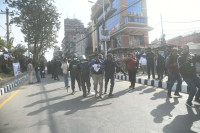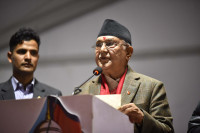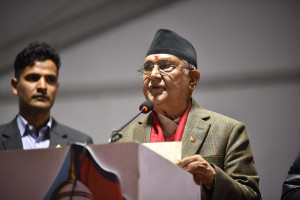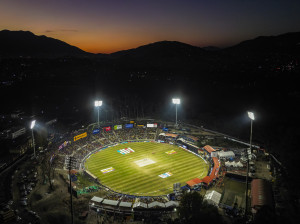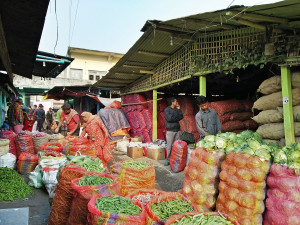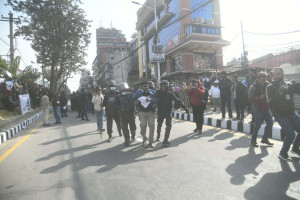Editorial
All talk and no action
The pandemic has been a compelling reminder for governments to invest more in social protection.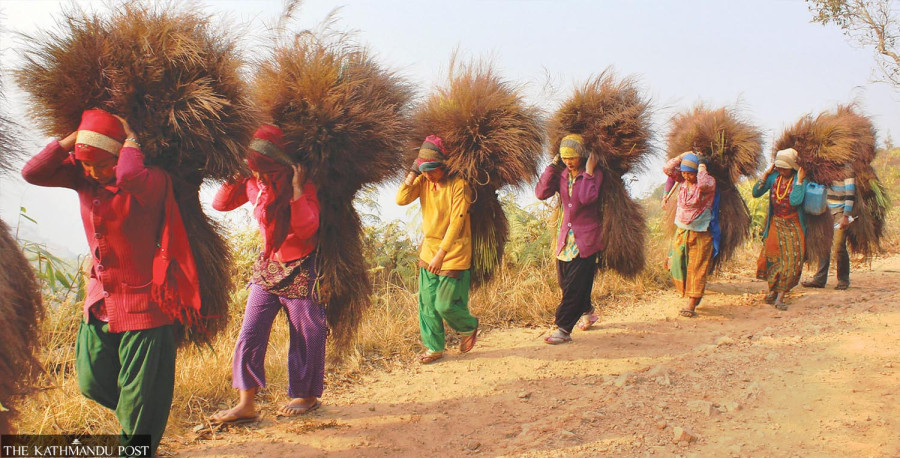
The latest report published by the International Labour Organisation has highlighted the glaring inequalities and significant gaps in social protection coverage worldwide and in the Asia and Pacific region. In Nepal, only 17 percent of the people are covered by at least one social protection benefit, falling below the global average of 46.9 percent of the population being covered by at least one social protection benefit. The gap in social protection coverage means that most people in Nepal cannot access any of the schemes that would help provide basic economic security and protect them from the market risks associated with accidents, sickness, old age or unemployment.
This disparity in social protection comes despite the constitution guaranteeing security for the poor and vulnerable. Politicians in Nepal are renowned for their fallacious statements that carry no weight. Devoid of accountability for their comments, promises to uplift the lives of the oppressed are bandied about without fear of repercussions. But the Covid-19 pandemic laid bare all the lies and false statements made to the people. It exposed the vulnerability of millions in Nepal who had no means to sustain themselves in the wake of a crisis which could have been avoidable to a large extent had there been a serious commitment to cover the poor and vulnerable.
The gaps exposed by the pandemic reveal stark inequalities in social protection coverage. The gender disparity has led to women being maltreated at the workplace, receiving lower pay and often spending more time in unpaid care work. And despite legal provisions for paid maternity leave, women still find it challenging to get time off. Private employers, too, are known for not adhering to the rules about helping expecting mothers by covering maternity leave. Instead of taking legal recourse to fight injustice, women usually quit their jobs due to the weak enforceability of laws in Nepal.
If there is a silver lining to the crisis heaped on by the pandemic, it is a compelling reminder for governments to invest more in social protection. Public spending on social protection in the Asia Pacific region has been abysmal, to say the least, significantly below the global average. Over the past two years, the region has averaged 7.5 percent of the gross domestic product, with half of the countries spending 2.6 percent or less. In South Asia, Nepal’s track record in providing social security is hardly laudable, ranking above the likes of Afghanistan, Bhutan and Pakistan. Undoubtedly, there is a question of financial constraints, but the government should resist financial or political pressure to fall back on human-centric development agendas.
Nepal needs an all-inclusive social protection scheme that covers large sections of the population working in the informal sector who have been wholly left out. One way will be to extend the coverage of the contribution-based Social Security Fund to employees in the informal sector and self-employed people. One crucial lesson we have learnt from the pandemic is that ensuring economic growth necessitates protection for the wider population, especially the poor and vulnerable, who are susceptible to shocks during crises.




 13.12°C Kathmandu
13.12°C Kathmandu


